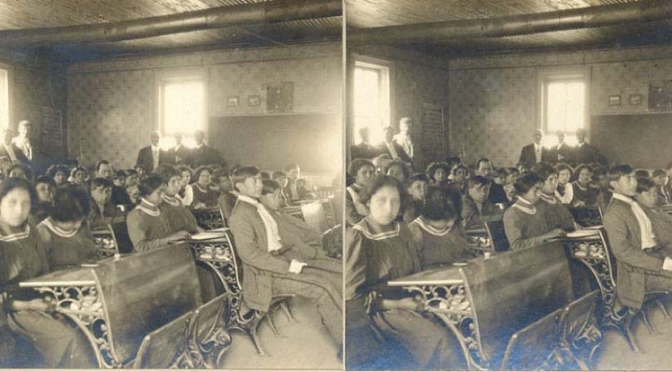
Teaching English as a second language in Ontario: The early aboriginal experience in 19th century residential schools
Today when we think of teaching English as a Second Language in Ontario, we think in terms of teaching immigrants new to the province. But there is a long history of teaching English as a Second Language to people who are old to the province: 11,000-years-plus old.
The schools that first taught English as a Second Language to Aboriginal people were established in the first half of the 19th century. Their students spoke one of nine Aboriginal languages, all of which still have speakers today,
although in some cases there are very few left. These languages belong to two different language families: Algonquian and Iroquoian (see Figure 1, ![]() and
and ![]() ). The Algonquian languages are Ojibwe, Continue Reading →
). The Algonquian languages are Ojibwe, Continue Reading →
